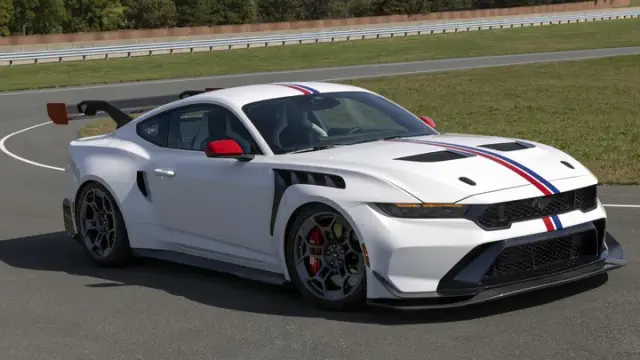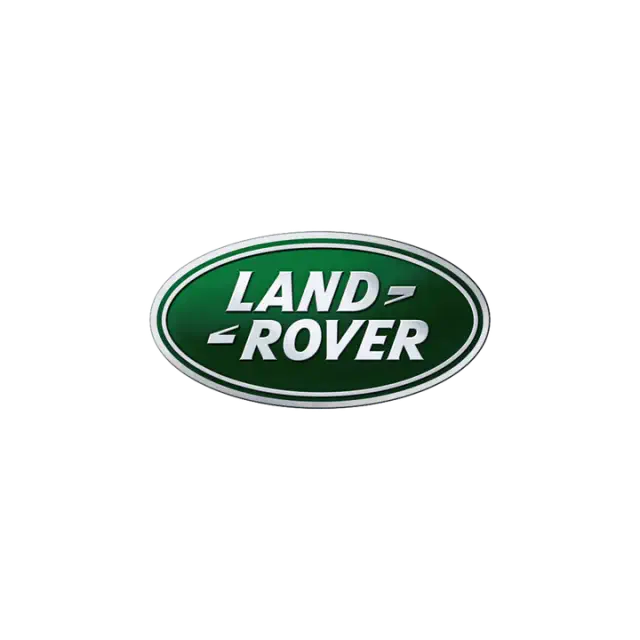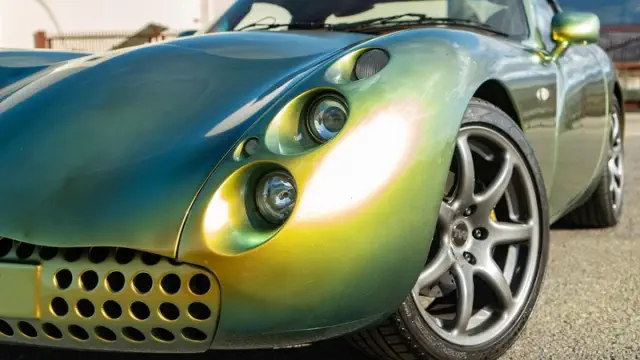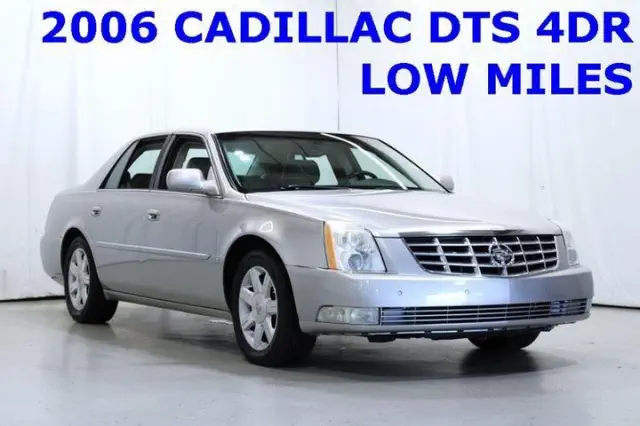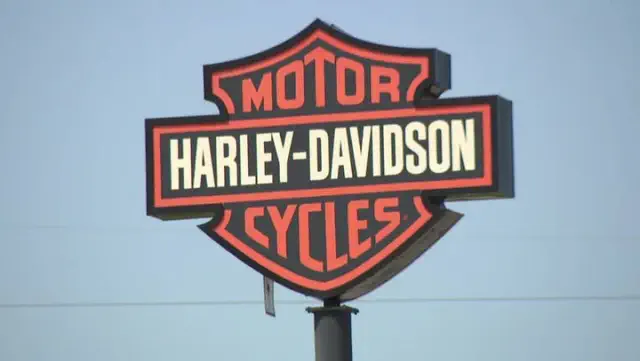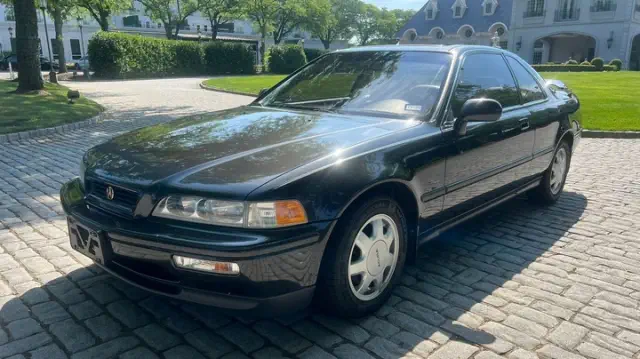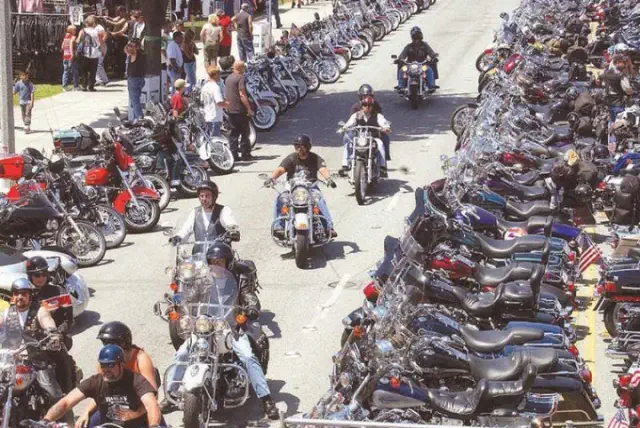Experts define "high" mileage for a Jeep Wrangler, along with typical issues that owners may encounter.
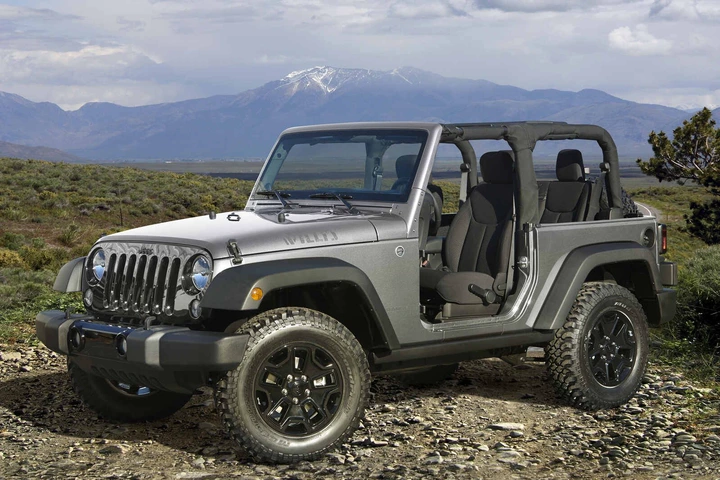
View pictures in App save up to 80% data.
The Jeep Wrangler is a beloved icon of American driving. Known for its off-road capabilities and rugged design, it’s a vehicle built to handle diverse terrains, from city streets to rocky trails. If you’re thinking about purchasing a used Wrangler, one of the first questions you might ask is, “How long will it last?” The good news is that a well-maintained Jeep Wrangler can last an impressive 200,000 to 300,000 miles. For some dedicated owners, these numbers can even climb higher.
With diligent maintenance, a Wrangler can last anywhere from 15 to 20 years or even longer. It's essential to keep up with regular upkeep, including oil changes, tire rotations, and promptly addressing any signs of wear and tear. While Jeep Wranglers are designed for durability, they are not immune to problems. Being aware of typical issues and recognizing warning signs can help you avoid expensive repairs and maximize the lifespan of this tough vehicle.
What is regarded as high mileage for a Jeep Wrangler?
For a lot of vehicles, the phrase “high mileage” is typically associated with around 100,000 miles. Jeep Wranglers, on the other hand, are designed with longevity in mind, so high mileage usually begins around 150,000 miles. It's important to note that a Wrangler with 150,000 miles isn't necessarily nearing the end of its lifespan, nor does a model with fewer than 150K miles automatically indicate it's in excellent condition. Numerous Wranglers can keep performing reliably well past that point, especially if they have been properly maintained. However, it’s also true that some may not endure as long.
When looking to purchase a pre-owned Wrangler, it's crucial to examine the maintenance history. A Jeep that has 120,000 miles but comes with an impeccable service record could be a more reliable option than one with 80,000 miles that has been poorly maintained. Additionally, take into account the nature of the mileage. City driving, which involves regular stops, can lead to quicker wear and tear on parts compared to driving on the highway.
What are some tips to extend the lifespan of my Jeep Wrangler?
Maintaining your Wrangler's longevity on the road involves some dedication. Here are a few suggestions to help you prolong its life:
Stick to the maintenance schedule: Jeep provides a maintenance schedule in the owner’s manual. Follow it closely.
Use quality parts: When replacing parts, opt for OEM (Original Equipment Manufacturer) components or high-quality aftermarket options.
Inspect regularly: Perform visual inspections of the tires, brakes, and undercarriage to catch wear early.
Avoid excessive modifications: While lifting a Jeep and adding larger tires is common, extreme modifications can stress the engine and drivetrain.
Rust prevention: Rust can be a Jeep killer. Regularly wash your Wrangler, especially the undercarriage, to remove salt and debris.
Frequent Problems Encountered with Jeep Wranglers
Jeep Wranglers are known for their durability, but they do come with some drawbacks. Throughout the years, various models have gained notoriety for particular problems. Being aware of these can assist you in preparing for upkeep and any necessary repairs.
“死亡摆动”
A notorious problem associated with the Wrangler is known as the "death wobble." This phenomenon refers to a severe shaking in the steering that can happen at specific speeds, typically caused by degraded suspension or steering parts. Although it can be quite startling, it is generally resolved by swapping out bushings, ball joints, or track bars.
Issues with transmission
Certain Wrangler models, especially those manufactured between 2007 and 2014, have encountered problems with their transmissions. The automatic transmissions in the earlier JK models (2007–2011) were especially susceptible to overheating and experiencing failures when subjected to heavy usage.
Oil spills
Since 2014, there have been reports of oil cooler failures in various models. If these leaks are not addressed promptly, they can lead to serious engine damage.
Problems with electrical systems
Owners of 2012 Wranglers have experienced problems related to the TIPM (Totally Integrated Power Module), leading to malfunctions with lights, windshield wipers, and difficulties in starting the vehicle.
Airbag recall announcements
Various model years, particularly those produced between 2007 and 2014, have experienced airbag recalls. Make sure to verify the VIN of any pre-owned Wrangler you're thinking about purchasing to confirm that these recalls have been resolved.
Do certain years stand out as being more favorable than others?
Not every model year of the Wrangler is the same. Certain years are particularly notable for their dependability.
Best years to buy:
1997-2006 TJ models: Known for their durability and simplicity, these Wranglers are highly sought after by enthusiasts.
2018-Present JL models: These models feature modern amenities while retaining the Wrangler’s rugged nature.
Is it necessary for me to worry about using my vehicle off-road?
Jeep Wranglers are built for off-road exploration, yet the nature of off-road activities can vary greatly. Casual trail driving typically won’t lead to major wear and tear, but frequent or intense off-roading can negatively impact the suspension, axles, and drivetrain. When evaluating a pre-owned Wrangler, be on the lookout for indicators of extensive off-road use:
Undercarriage damage: Scratches, dents, or bent components can indicate rough use.
Lift kits: While popular, improperly installed lift kits can stress the drivetrain.
Tires: Uneven wear on oversized tires may point to alignment issues.
Inspecting a used Jeep Wrangler involves several key steps to ensure you're making a sound purchase. Here's a guide to help you through the process: 1. **Exterior Inspection**: - **Body Condition**: Look for any signs of rust, dents, or scratches. Pay special attention to the wheel wells, undercarriage, and areas around the doors. - **Frame**: Check the frame for any signs of damage or corrosion. A bent or rusted frame can indicate previous accidents. - **Tires**: Examine the tires for even wear and adequate tread depth. Uneven wear may suggest alignment issues. - **Lights and Signals**: Test all exterior lights, including headlights, brake lights, and turn signals to ensure they are functioning properly. 2. **Interior Inspection**: - **Seats and Upholstery**: Check for any rips, stains, or signs of excessive wear. Ensure the seats are comfortable and functional. - **Dashboard and Controls**: Test all switches, knobs, and controls to make sure they work. Look for warning lights on the dashboard. - **Odor**: Be aware of any unpleasant smells that might indicate water damage or mold. 3. **Under the Hood**: - **Fluids**: Check the oil, coolant, brake fluid, and transmission fluid levels. Look for any signs of leaks or contamination. - **Battery**: Inspect the battery terminals for corrosion and ensure that the battery is secure. - **Belts and Hoses**: Look for any signs of wear, cracking, or fraying on belts and hoses. 4. **Test Drive**: - Take the Jeep for a test drive to assess its performance. Listen for any unusual noises, and pay attention to how it handles, accelerates, and brakes. - Test the four-wheel drive system if applicable, ensuring it engages smoothly. 5. **Vehicle History Report**: - Obtain a vehicle history report using the VIN (Vehicle Identification Number). This will provide information on past accidents, title status, and service records. 6. **Professional Inspection**: - Consider having a trusted mechanic perform a thorough inspection. They can identify potential issues that may not be apparent during your own inspection. By following these steps, you can gain a better understanding of the condition of the used Jeep Wrangler and make an informed decision.
If you're thinking about purchasing a pre-owned Wrangler, follow these guidelines to make sure it's a wise investment:
Check for rust: Pay close attention to the frame and undercarriage, as these areas are prone to rust.
Test drive it: Listen for unusual noises, such as squeaks or clunks, and note any vibrations while driving.
Review the VIN for recalls: Use the VIN to check if the vehicle has been part of any recalls and whether those issues were fixed.
Inspect the suspension and steering: Look for signs of wear, such as loose or worn bushings.
Although maintenance and repair expenses are to be anticipated, a Jeep Wrangler has the potential to endure for several hundred thousand miles with the right upkeep. Nonetheless, the chances of achieving this milestone without encountering significant repairs, such as engine or transmission issues, are slim. Certain model years may have specific problems, but many Wranglers continue to be dependable partners for everyday travel and weekend escapades. Prior to purchasing a pre-owned Wrangler, it's essential to investigate its background, conduct a comprehensive inspection, and allocate funds for maintenance. By taking these steps, you’ll become one of the many proud Jeep enthusiasts who have relished their vehicles for years.

